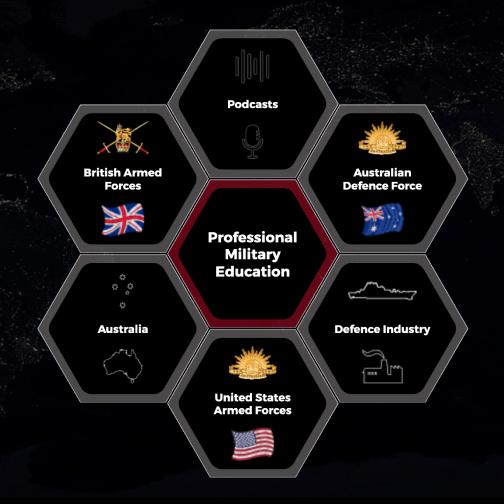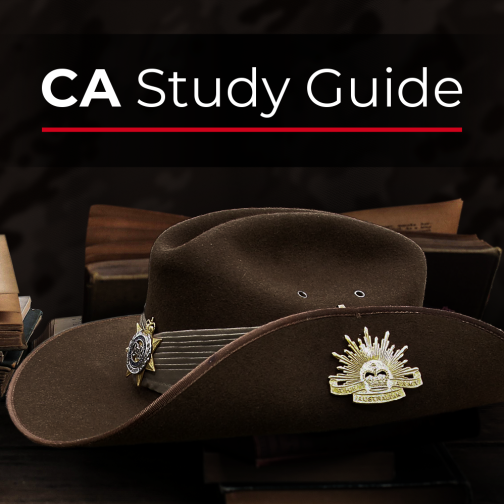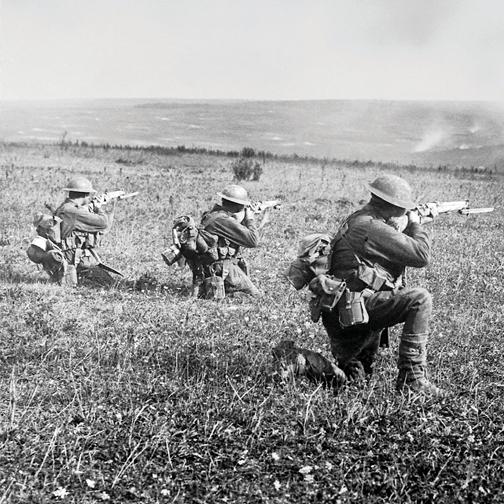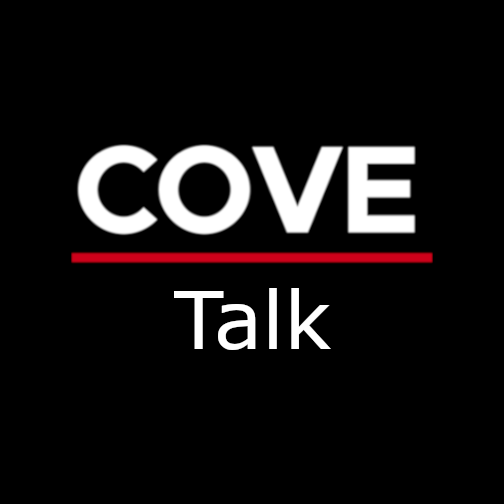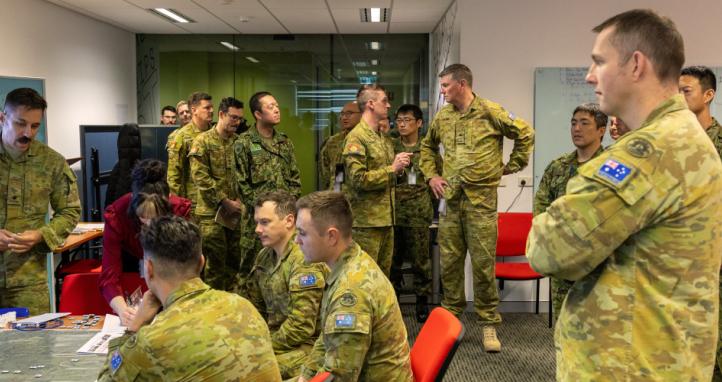Every military unit runs on orders, doctrine, and structure. In each staffing plot there exists a clear flow chart of command lines with job descriptions and staff responsibilities. Yet anyone who has served inside a headquarters knows that reality is far messier and far more human. Beneath the formal hierarchy of any unit sits a quiet network of individuals who hold the organisation together. They are not always the ones with the rank or the authority, but they are the ones who make things happen.
This hidden network shapes the tempo, cohesion, and morale within the unit (more than any directive ever could) and does not conform neatly to the staffing plot. It is found in those who ensure standards are upheld, who translate intent into action, who inspire others through competence, and who connect the right people at the right time. Command may provide direction, but it is this informal network that turns intent into effect. As we reach the time of year that postings and positions will change within units, it is essential that we identify within our unit who is part of the Hidden Network and who holds the informal power behind command.
The Discipline Anchor
The Discipline Anchor moves through the unit quietly but unmistakably. A Junior Non-Commissioned Officer (JNCO) by rank, but a giant in influence. Soldiers straighten up when they walk by, not because of rank but because of their consistency and integrity. They may not know it, but they are the essential centrepiece in embedding standards. Their presence alone shapes behaviour, holding the unit steady like an invisible spine. Usually a high performer, they glide seamlessly across different peer groups, connecting everyone to the same mission.
The Guiding Senior
The Guiding Senior is typically an enlisted member who is highly respected throughout the unit. Both officers and enlisted soldiers turn to them for guidance or when decisions require wisdom, historical context, or critical scrutiny. Their influence stretches beyond their immediate position. They are a living archive of the unit’s ethos and operational memory and provide guidance and mentorship whilst setting the tone to ensure that the lessons of the past and the priorities of the present are carried forward.
The Natural Achiever
It may seem that the natural achiever does not need to try. Excellence just seems to radiate from them in every task, inspiring confidence in peers and superiors alike. When they are involved in operations, they appear smoother, problems vanish before they escalate, and other soldiers step up to match their standard. They may not hold a high rank, but their competence makes them a silent force multiplier, elevating everyone’s performance around them. The unit relies on its high standard of skill, often without directly acknowledging it. The natural achievers’ presence alone commands respect and drives overall performance to a higher level.
The Fixer
When a problem arises, the ‘fixer’ is the first to sense it and usually the first to act. They thrive under pressure and are relied upon to resolve last-minute problems or unexpected obstacles. Staff officers and commanders alike turn to them when schedules unravel, resources fail, or crises emerge. A fixer will immediately work towards a solution where others may focus on it as an immediate barrier. They are experts in tasking people, explaining processes, and bringing resources together to make things happen. Often invisible when tasks are running smoothly, they are indispensable when friction appears. If the end state is clear, the fixer can drive your team to a solution.
The Networker
The ‘networker’ is the human bridge that connects individuals, units and supporting entities. Whether the unit is after intelligence, needs access to equipment, or is short of a critical resource – the networker can make things happen with a few quiet conversations. Their influence is subtle but widespread. The unit can move faster, respond smarter, and operate with confidence because this person links people and information in ways that no formal authority can. They are the glue of coordination, a link for both operational efficiency and shared institutional knowledge.
The Admin Workhorse
The admin workhorse is the driving force of paperwork, coordination and detail. Whether it is the Executive Officer (XO), Chief Clerk, Adjutant, or the newly marched-in ‘volun-told’ Assistant Adjutant, they absorb the administrative load and keep the unit running. They read directives, signals, and plans and then interpret them into actionable items. Their influence is subtle but vital. They allow other unit staff to focus on strategy and decision-making, confident that the unit's rhythm will continue uninterrupted. They are required to be meticulous, dependable, and quietly relentless in their roles and ensure the organisational tempo is maintained.
The Social Butterfly
The social butterfly connects people and ideas across all ranks. Unlike the networker who links resources and external contacts, the social butterfly strengthens the internal social structure of the unit. They sense morale issues before they become a problem, and they can smooth tensions between groups by fostering morale through activities. Charismatic and perceptive, they ensure the unit functions both operationally and socially. They drive the importance of being part of a shared culture and ensure the unit remains socially healthy.
Conclusion – Recognising the Invisible Hand
Every unit has a chain of command. Alongside it runs a chain of influence. This influence is often quieter, more personal, and far more decisive in practice. The hidden network is not defined by rank or appointment, but rather by its impact. These seven archetypes: The Discipline Anchor, The Guiding Senior, The Natural Achiever, The Fixer, The Networker, The Admin Workhorse, and The Social Butterfly carry the weight of continuity, culture, and action.
They make the mission move when friction builds. They quietly pick up the slack, fix the details, and sustain momentum when everyone else is concentrating elsewhere. Recognising this network does not diminish the authority of command; it refines it. Leadership is not simply about giving orders, but about understanding and empowering those whose influence ensures the orders are realised. The hidden network is the heartbeat of the unit and acknowledging its existence may be the most practical form of leadership a commander can exercise.
